
Google Calendar is a powerful calendar platform, and it can be even more powerful when integrated with other applications. This allows you to automate tasks, streamline your workflows, and get a more complete view of your schedule.
There are many different ways to integrate Google Calendar with other applications. One popular method is to use a workflow automation platform like Wiresk. Wiresk makes it easy to connect Google Calendar to any application that has an API, including CRM systems, project management tools, and customer support software.
It is important before using Google Account as a listener to get a connection to it.
To do so, please follow these steps:
Click on “Create a Connection”
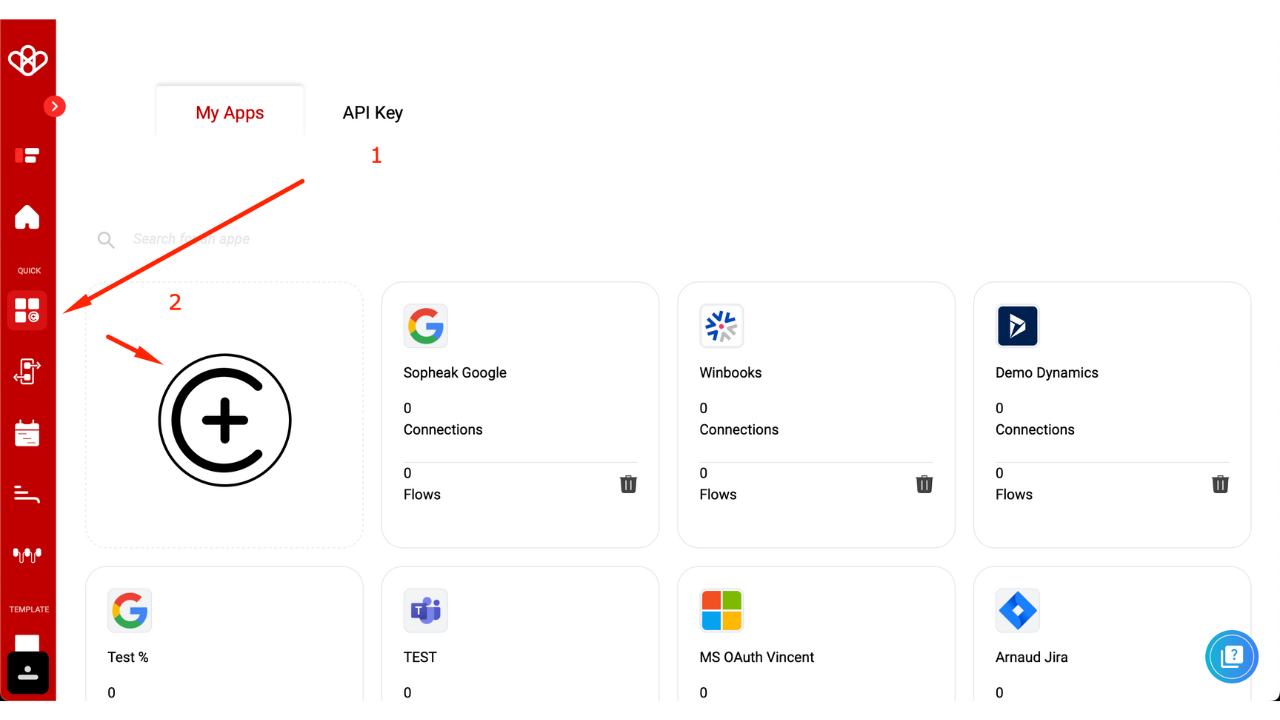
Choose a name for your connection.
Select the Google platform
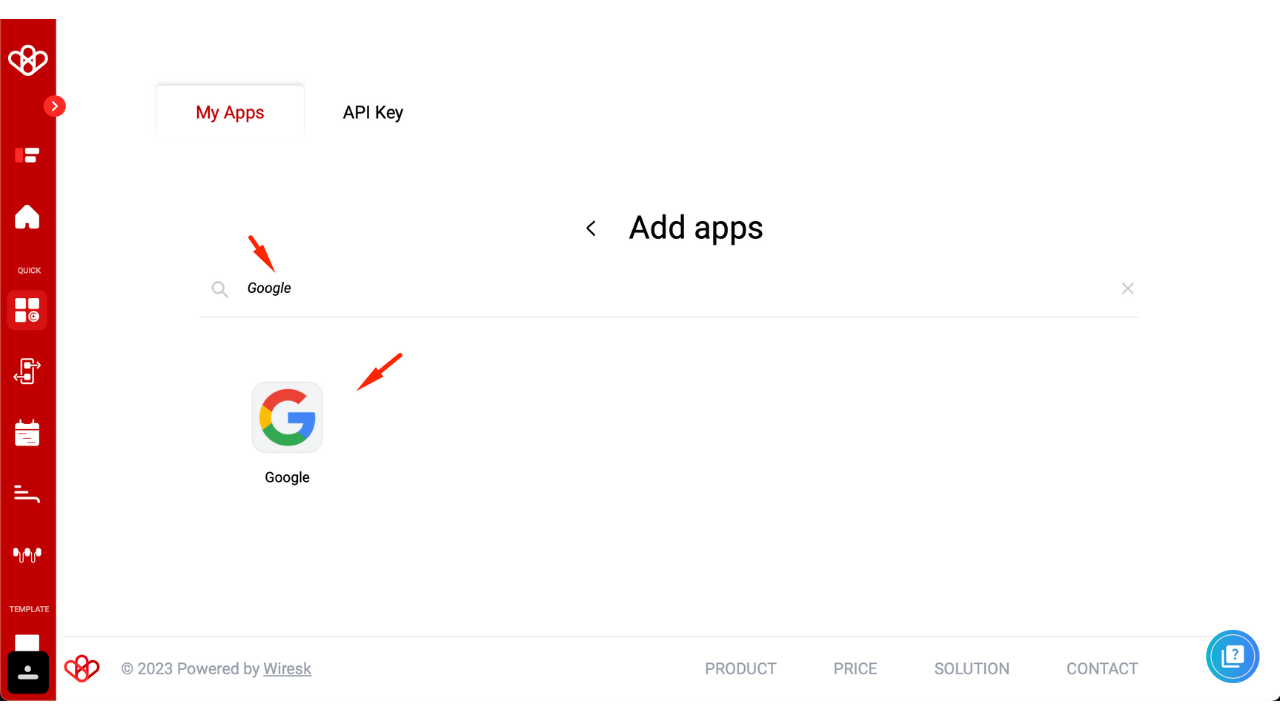
First of all, select the app need.
Don’t forget to name your connection, otherwise, the authorization will remain grayed out.
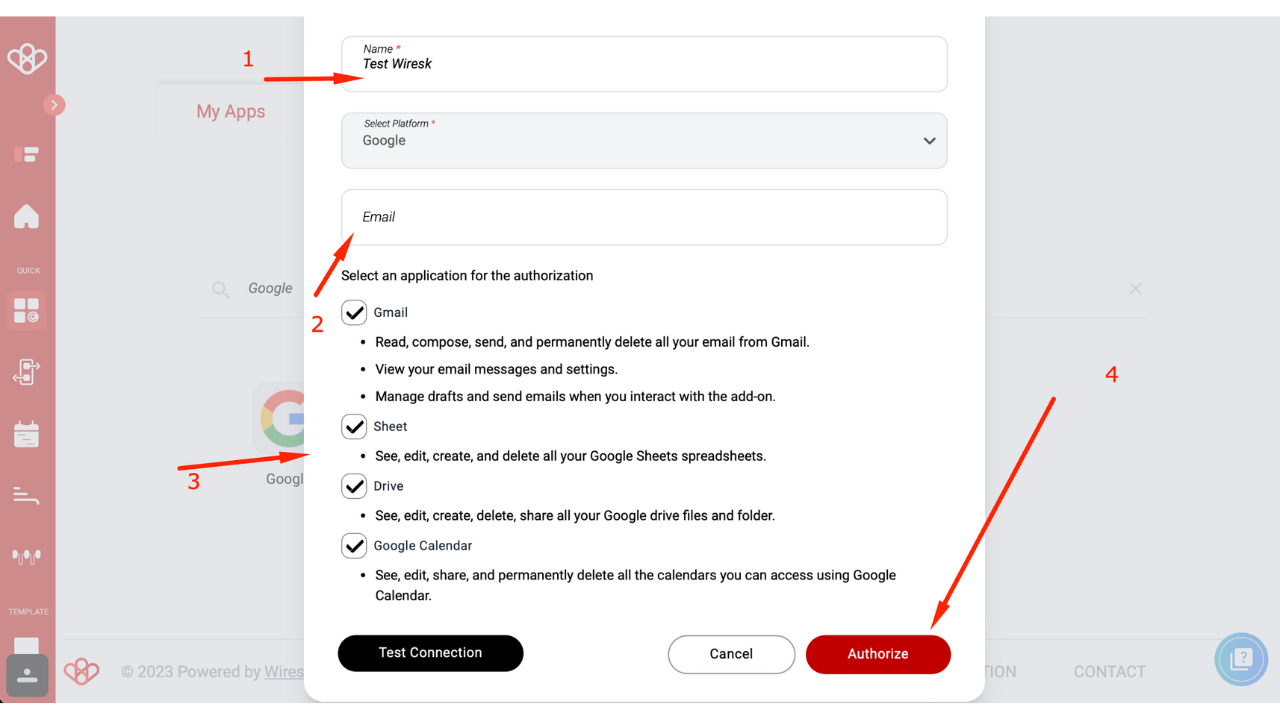
- Then, click on “Authorize”
- Choose the Gmail account
- Then, click on “Continue”
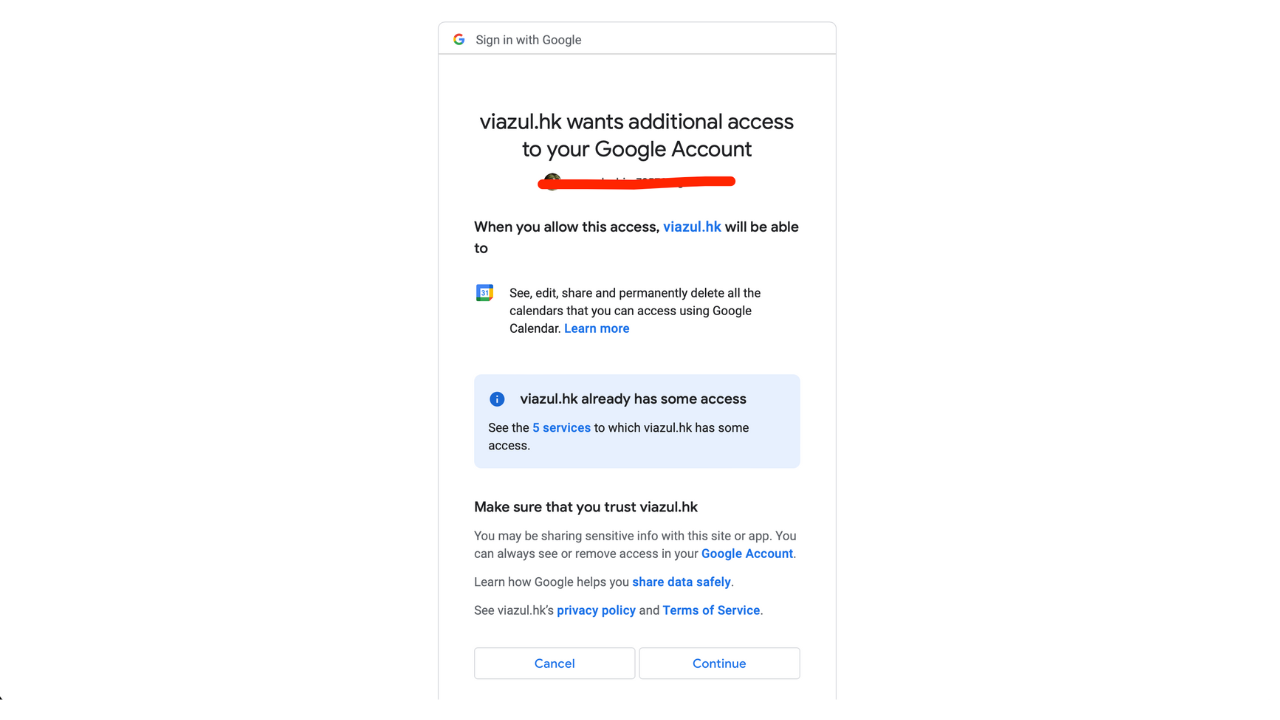
Select all to access all available features
Then click on accept
Then go to Flow Tab and Click on Create Flow
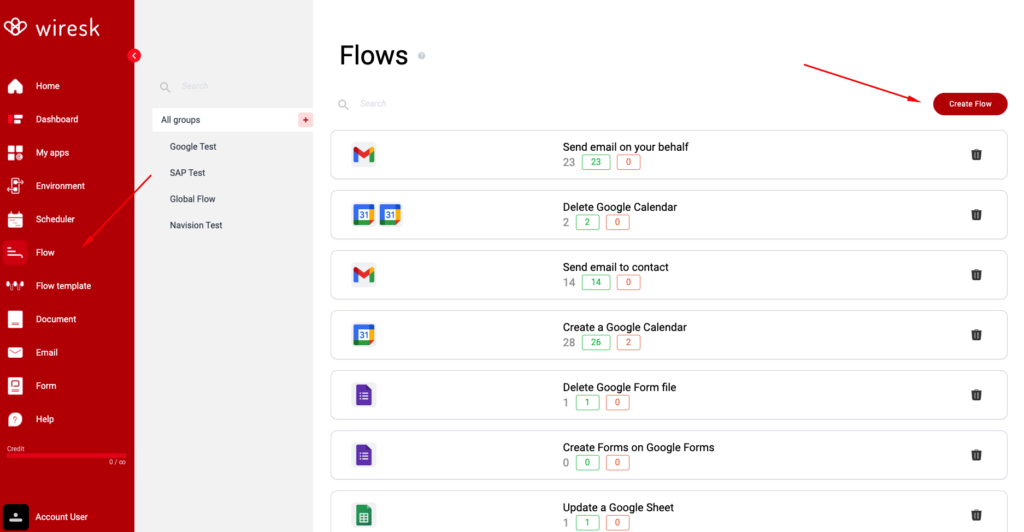
Define your Flow Name and assign to your Group
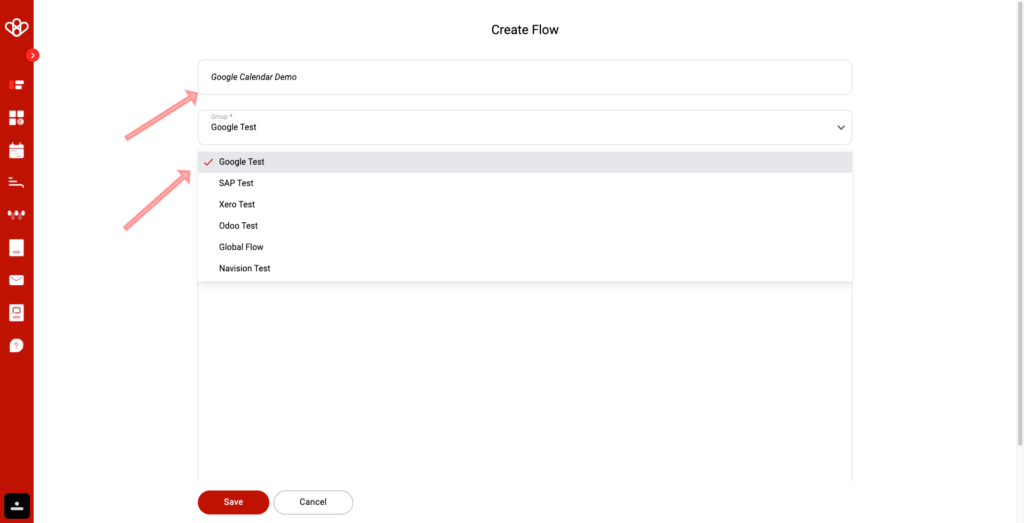
Select your Google Calendar Trigger
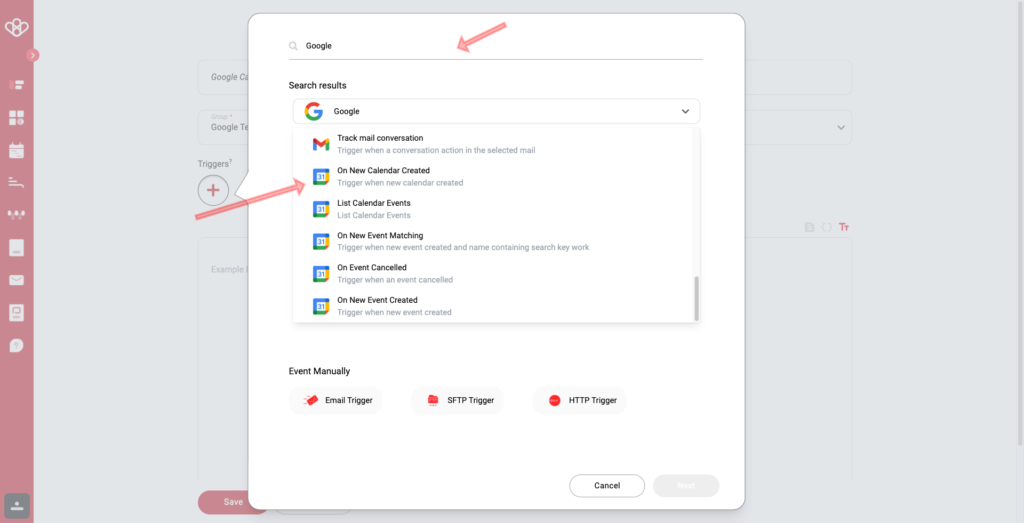
Then set up the triggers
In Bold Mandatory Field
- Name of the Scheduler
- Select the Google Connection (The Connection we setup together, watch above)
- Define your timeout (is used to define when the scheduler restarts, and is useful on tasks with many requests, allowing the flow to be restarted without being blocked.)
- Then Schedule your reccurence rule (A recurrence rule for a scheduler is a set of rules that define how often a task should be repeated. It can be used to schedule tasks that need to be done on a regular basis, such as sending out a weekly newsletter or running a daily backup.)
- Frequency: How often the task should be repeated. This can be daily, weekly, monthly, or yearly.
- Interval: The number of times the frequency should occur before the task is repeated. For example, a weekly task with an interval of 2 would be repeated every other week.
- Start and end dates: The dates on which the task should start and end repeating.
- Than click on Parameters
- WARNING:
To establish a smooth integration, Google often requires a Calendar ID from users. To locate this ID, you can initiate a flow to retrieve it by performing a “Find Calendar” action.
I will show you how to find GOOGLE CALENDAR ID.
First SAVE your Trigger, we will comeback later to finish to set-up.
Click on Save to go to the schema screen.
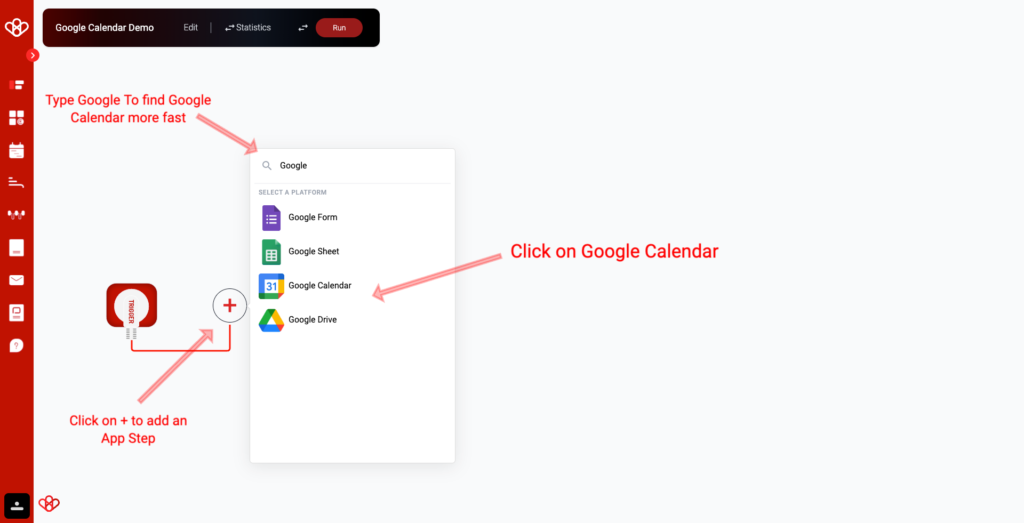
Create a step
Select Google Calendar
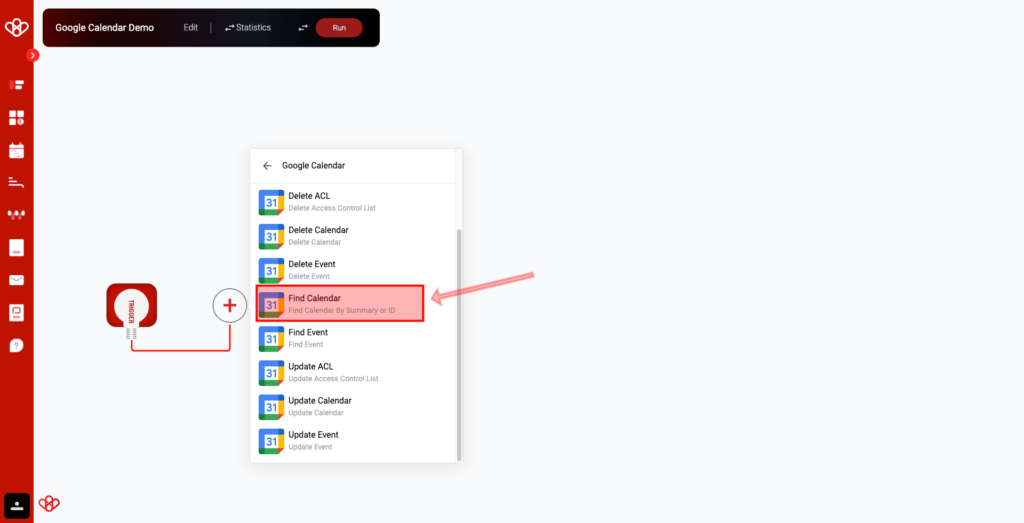
Select Find Calendar
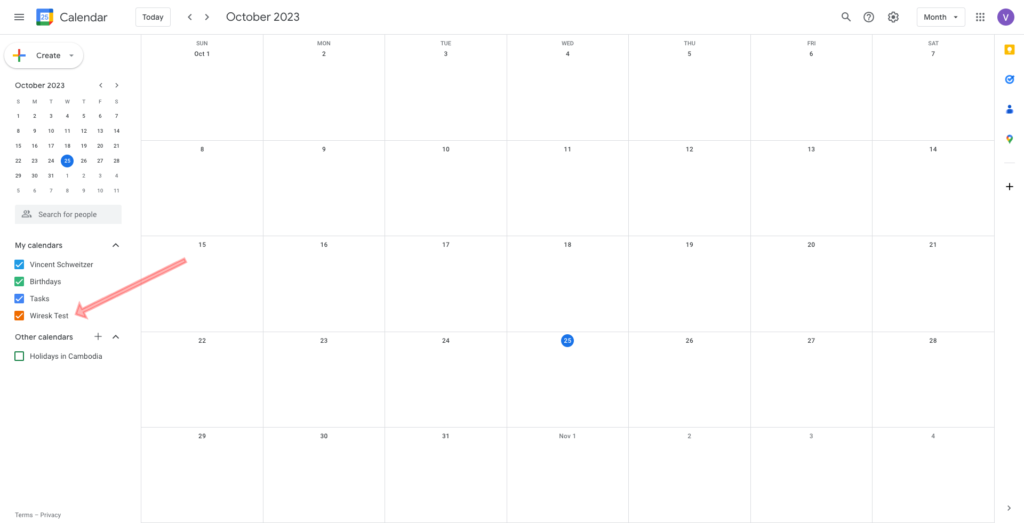
To begin, choose the calendar you want to work with. For instance, let’s say you want to use the “Wiresk Test” calendar as an example.
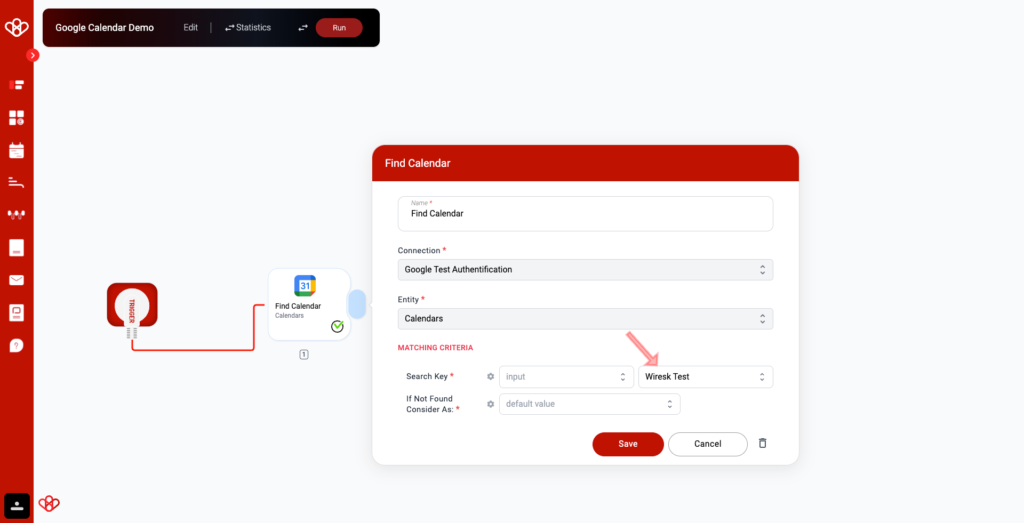
Enter the term “Wiresk Test” (or the name of your personalized Google Calendar) into the Search Key Field.
Then run the flow once
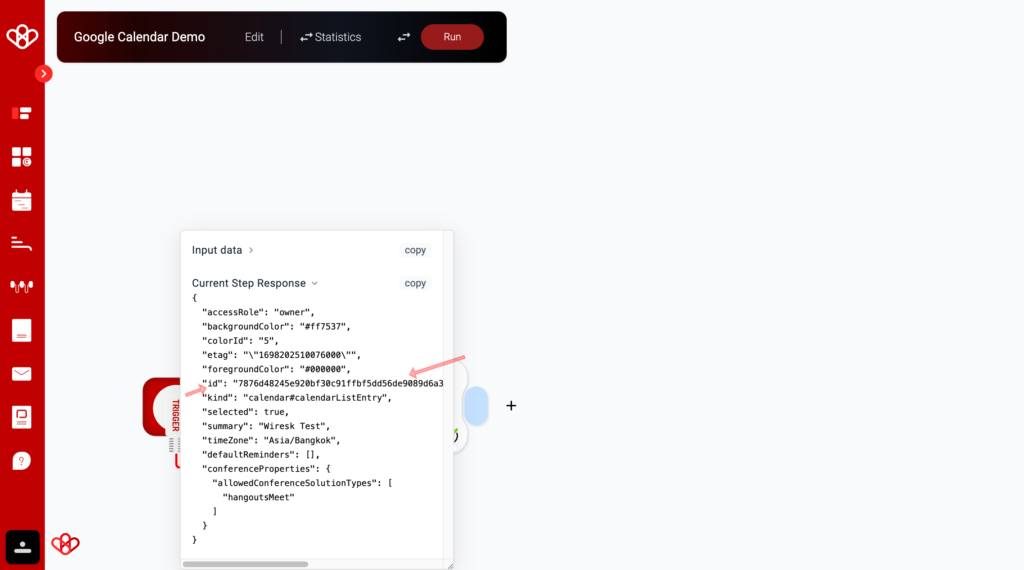
In the current step response, the ID will designate your Google Calendar ID that you can utilize for any trigger related to Google Calendar.
Lets go back to the setup triggers (click on edit if you are on the schema)

You can identify the calendar you want to track by entering the Calendar ID into the Set of Key-Value Pairs when setting up new actions.
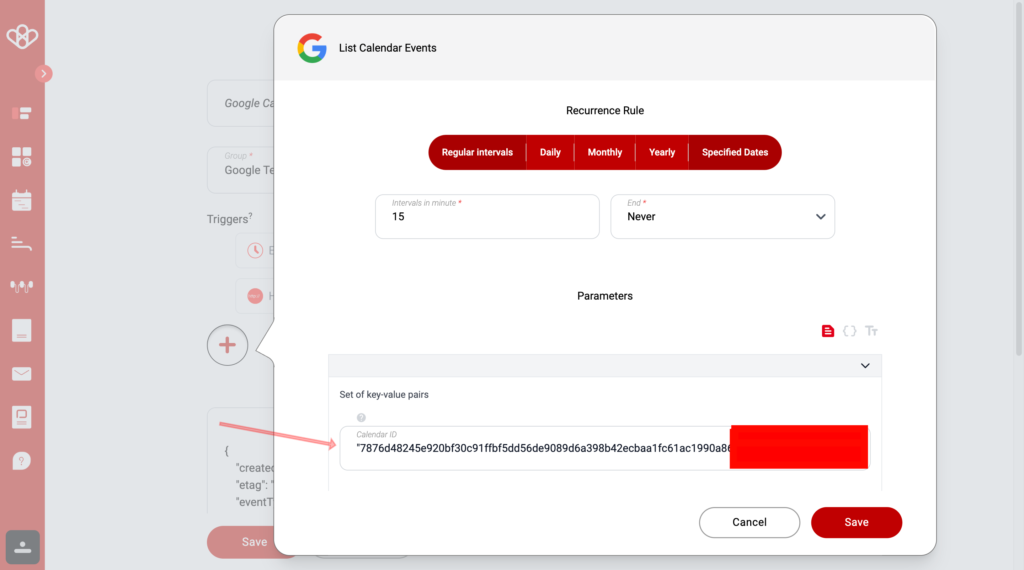
After that, you have the option to include another step in your flow by integrating with Google Calendar, such as creating an event.
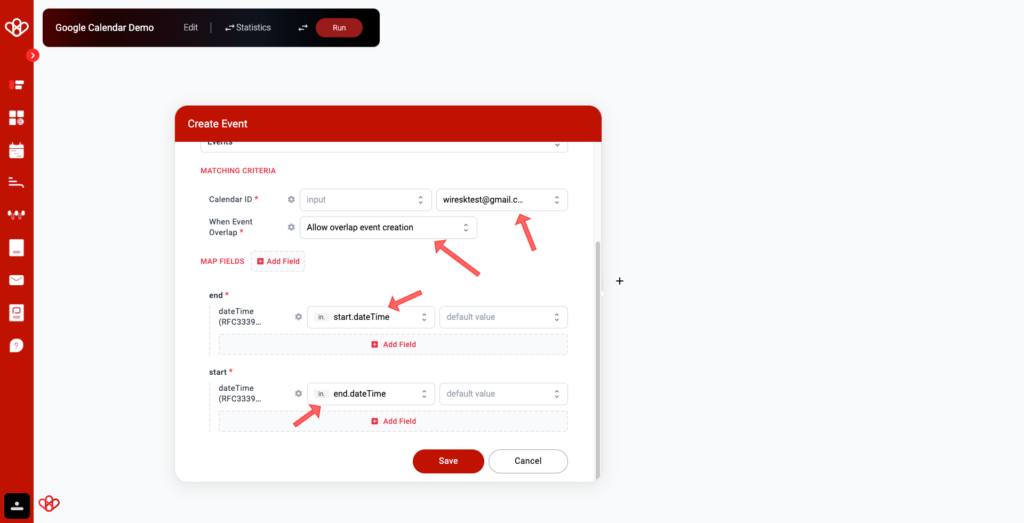
Ensure that you carefully select the appropriate objects within the array by paying attention to the specific field requirements. For instance, take note that the “start” and “end” objects share the same structure, so it is crucial to choose the correct one.
Then run once
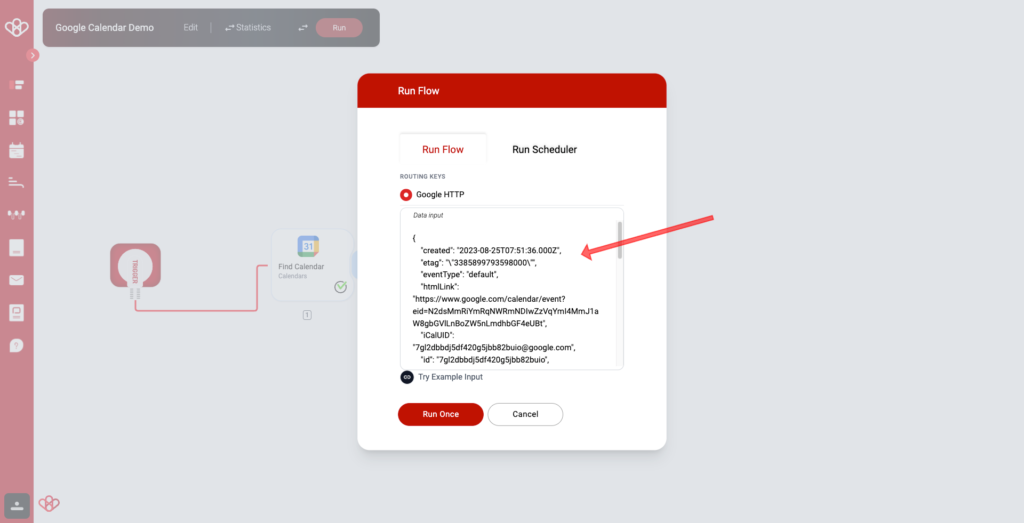
Analyze Steps responses
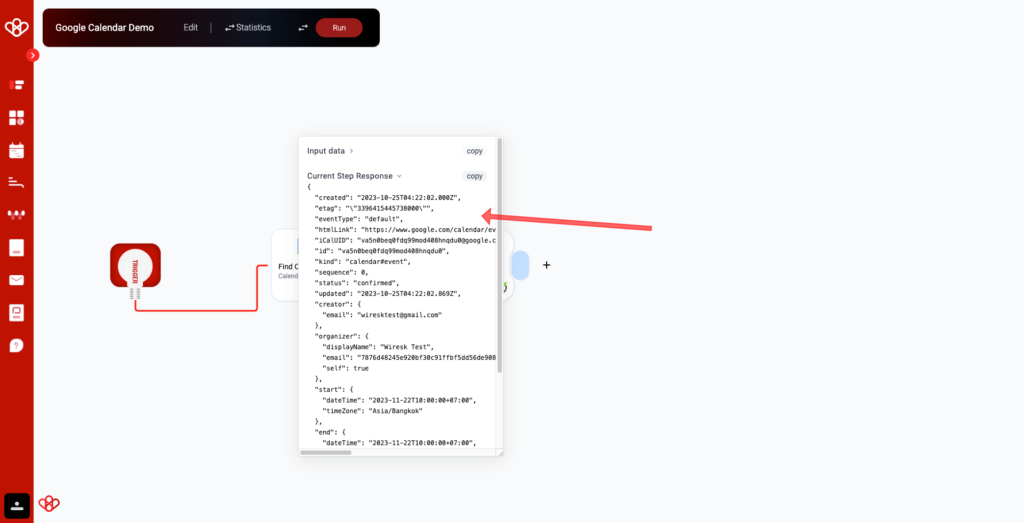
Then check on your calendar
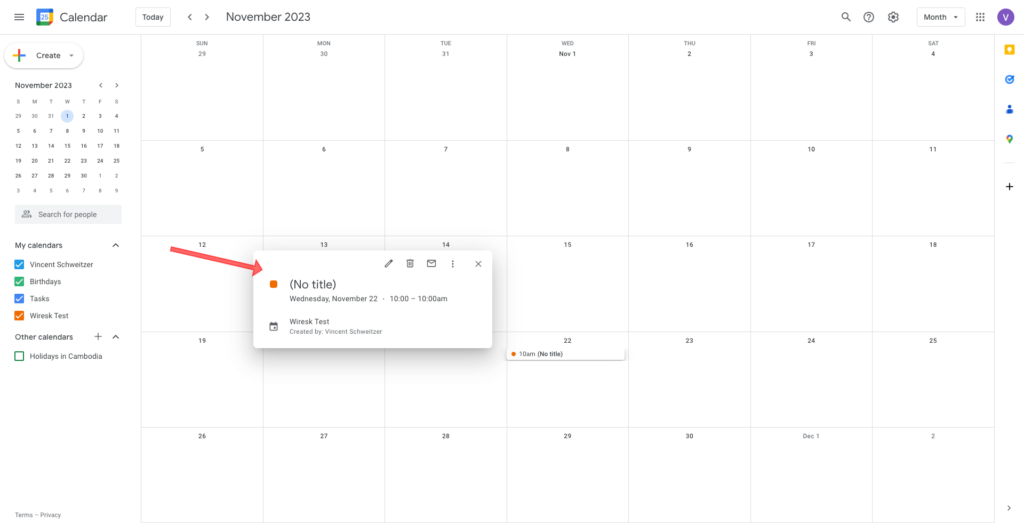
Well done on creating an effective Google Calendar flow!
To explore additional complete flows, we encourage you to stick around and check out some of the various use cases we’ve identified below. You might find them quite intriguing!
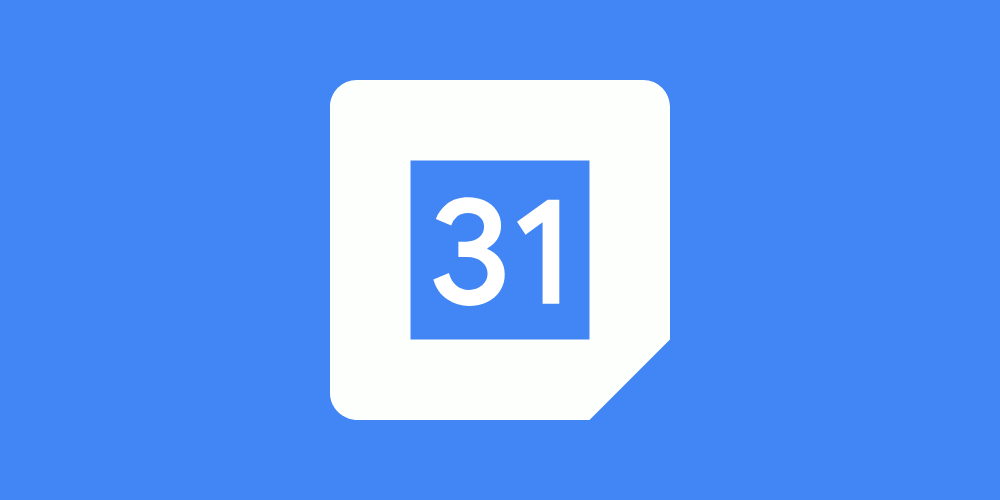
Google Calendar ORM Functions
Create Event
Creates a new event in Google Calendar. Takes a dictionary of field values as input and returns the new event object.
Delete Multiple Events
Deletes a batch of events from Google Calendar. Takes a list of event IDs as input and returns the number of events deleted.
Delete Single Event
Deletes a single event from Google Calendar. Takes an event ID as input and returns the deleted event object.
Get Event
Fetches a single event from Google Calendar using its ID. Takes an event ID as input and returns the event object.
List Events
Fetches all events in a specific calendar in Google Calendar. Takes the calendar ID as input and returns a list of event objects.
Update Multiple Events
Updates a batch of events in Google Calendar. Takes a list of event IDs and a dictionary of field values as input and returns the number of events updated.
Update Single Event
Updates a single event in Google Calendar. Takes an event ID and a dictionary of field values as input and returns the updated event object.
Upsert Event
Creates a new event or updates an existing event in Google Calendar. Takes a dictionary of field values as input and returns the new or updated event object.
Interacting with Google Calendar Metadata
Wiresk applications can interact with metadata from Google Calendar events to generate reports, dashboards, and other forms of data visualization. The metadata of an event includes its ID, creation date, modification date, and any field values, including custom fields or custom applications.
By interacting with metadata for the create, delete, get, list, update, and upsert event operations, you can track how users are interacting with your Google Calendar. This information can be used to improve your workflow and productivity.
For example, you could use the metadata to identify the most frequently created, deleted, updated, and viewed events. You could also use the metadata to identify users who are having difficulty interacting with your Google Calendar.
Additionally, by interacting with metadata, Wiresk applications can interact with any field of any Google Calendar event, even custom objects. This gives you the flexibility to track and analyze data in any way you need.
Here are some examples of how you could use Wiresk to interact with Google Calendar metadata:
- Generate a report of all the events created and deleted in the past month.
- Create a dashboard that shows the number of upcoming events by calendar.
- Track changes to event labels over time.
- Identify users who have not logged into Google Calendar in the past 6 months.
- Monitor the performance of custom event workflows.

Google Calendar Integration Use Cases
Task Management
- Create tasks from calendar events by automatically adding them to a to-do list or project management system.
- Set due dates and priorities for tasks based on the details of the calendar event.
- Assign tasks to team members and receive notifications when tasks are completed.
Collaboration
- Automatically forward calendar events to team members or channels based on specific criteria, such as the organizer, subject, or location.
- Create shared calendars and labels so that team members can easily collaborate on projects and meetings.
- Receive notifications when team members comment on or reply to calendar events.
Customer Service
- Create templates for common customer inquiries so that you can respond quickly and efficiently.
- Track customer support tickets by creating calendar events for each ticket. Receive notifications when new tickets are created or when existing tickets are updated.
- Automatically assign tickets to the appropriate team members based on the customer’s issue.
Sales
- Create personalized calendar events for sales leads based on their interests and needs.
- Track event RSVPs and attendance to see which leads are most engaged.
- Automatically add leads to your CRM system when they RSVP to or attend an event.
Project Management
- Create project tasks from calendar events and automatically assign them to the appropriate team members.
- Receive notifications when project tasks are completed or when due dates are approaching.
- Share project files with team members by attaching them to calendar events or using the Google Drive integration.
Example Use Cases
- A customer support team uses Google Calendar integration to automatically create calendar events for customer support tickets. This helps them to keep track of all tickets and ensure that they are resolved on time.
- A sales team uses Google Calendar integration to create personalized calendar events for sales leads. They also use integration to track event RSVPs and attendance to see which leads are most engaged. This helps them to focus their sales efforts on the leads that are most likely to convert.
- A project manager uses Google Calendar integration to create project tasks from calendar events and automatically assign them to the appropriate team members. They also use integration to receive notifications when project tasks are completed or when due dates are approaching. This helps them to keep track of the project and ensure that it stays on schedule.
These are just a few examples of how Google Calendar integration can be used to automate common business tasks and improve efficiency.
If you have any questions please contact us at contact@wiresk.com
